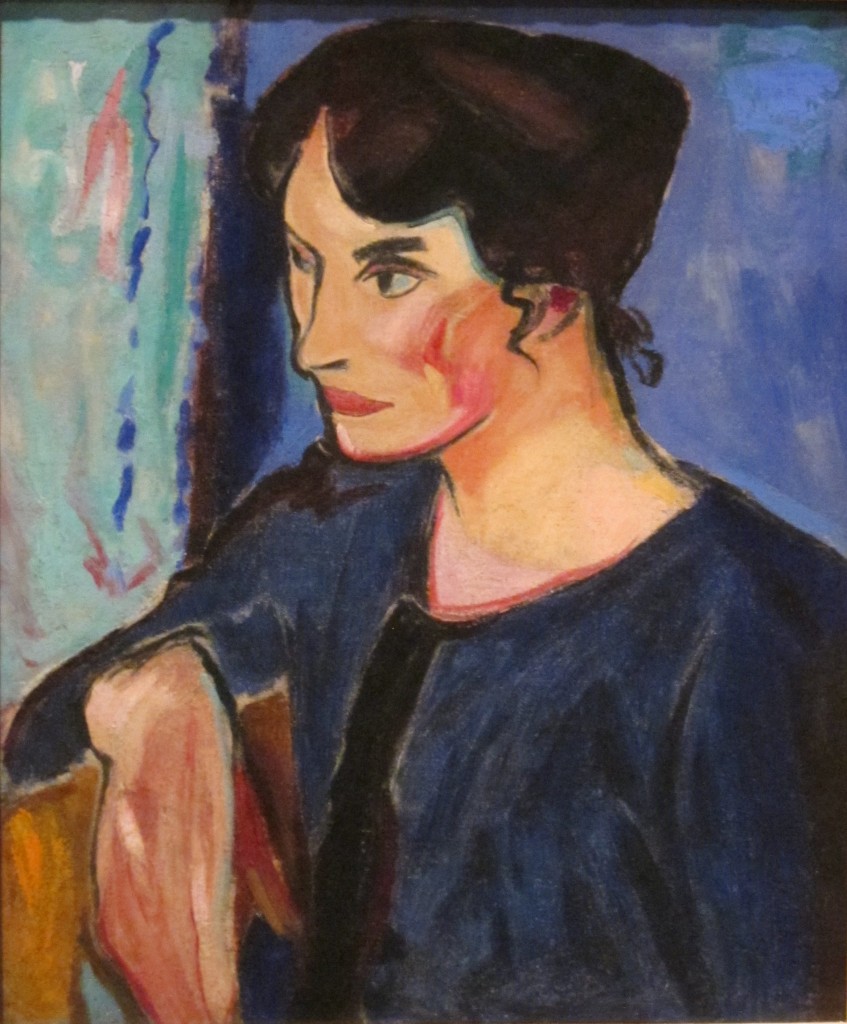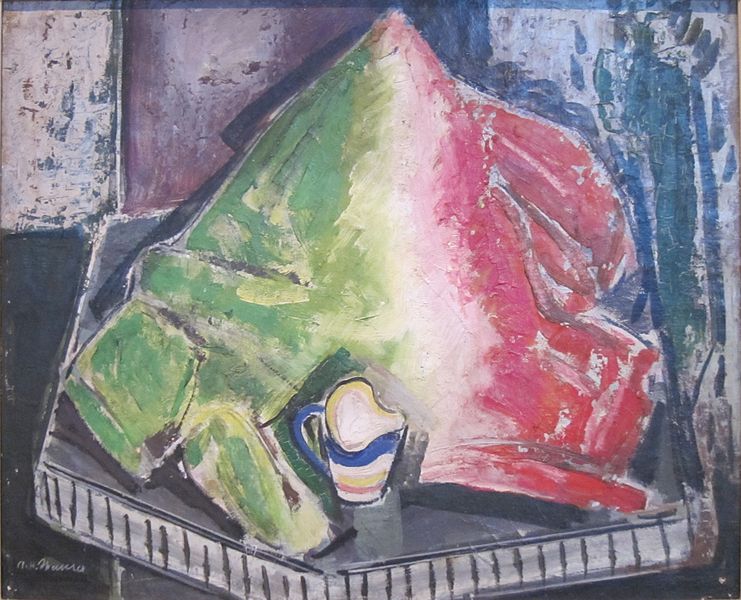Agape Charmani for Art-Sheep
Alfred Henry Maurer was an American modernist painter, born on April 21, 1868, in New York City.
At 29, after having studied with the sculptor John Quincy Adams Ward and painter William Merritt Chase, Maurer left for Paris, a city that defined his work as a painter and changed him as an artist. He stayed there for the next four years, joining a circle of American and French artists. His early work expressed his youthful optimism as an aspiring artist who was influenced by the philosophy and work of the Parisian art circle. His painting techniques and the themes he included in his artistry during this period, can be compared to those of Whistler and Sargent.
After a few years he changed his methods and started painting in a cubist and fauvist manner. His friendship with Leo Stein disconnected him from his earliest work and led him to commit to modernism with a serious passion towards his practice. This break though, cost him the recognition his realistic works would get him, and the relationship with his father, who didn’t approve of his son’s artistic experiments.
Even though he took part in the legendary Armory Show of 1913, with four paintings, he didn’t succeed in making a living out of his work, as his fame spread only in avant-garde circles. In the years before his death Maurer had to live with his disapproving father. The depression the death of his mother caused him and his poor financial state are shown in his work, through his deconstructed characters.
Although he exhibited his work internationally, he wasn’t meet with success and recognition during his time. His participation in exhibitions at the New York-based Society of Independent Artists made that time in of his life the most significant period, while his greatest milestone was his 1919 election as the director of the society.
Maurer hanged himself weeks after his father’s death in 1932.
“My main concern in painting is the beautiful arrangement of color values — that is, harmonized masses of pigment, more or less pure. For this reason, it is impossible to present an exact transcription of nature….It is necessary for art to differ from nature….Perhaps art should be an intensification of nature; at least it should express an inherent feeling which cannot be obtained from nature except through a process of association….The artist must be free to paint his effects. Nature must not bind him”
Self portrait, 1897
Portrait of a Woman, 1908
Bridte Landscape 2, 1915-1920
Girl 1, 1923
Fugure, 1927 1928
Still Life, 1928
Two Heads, 1928-1929
Two Heads, 1930




















